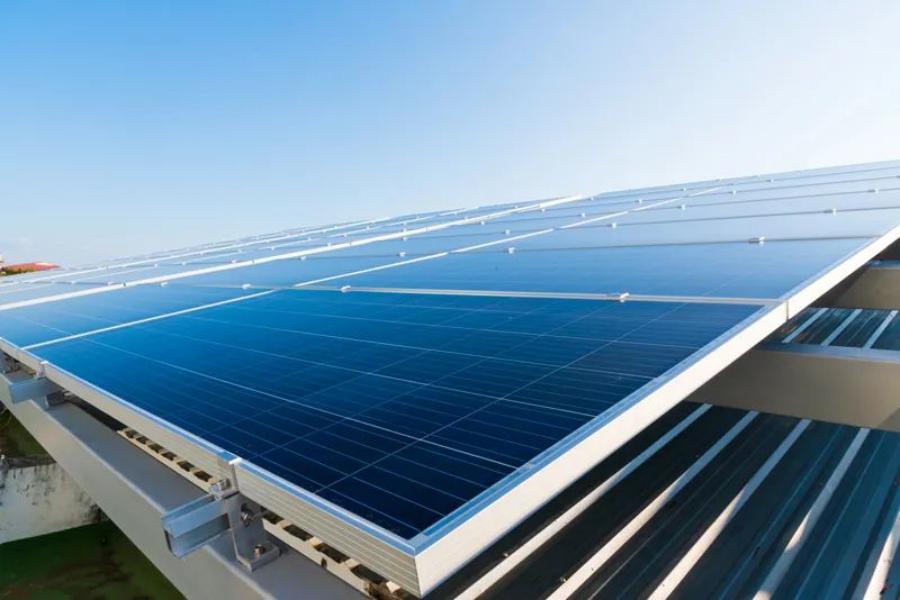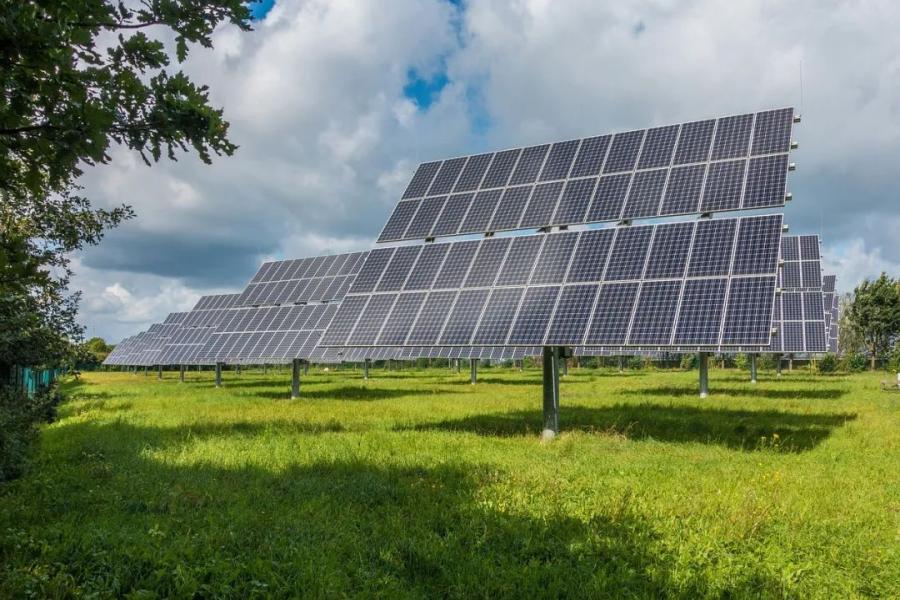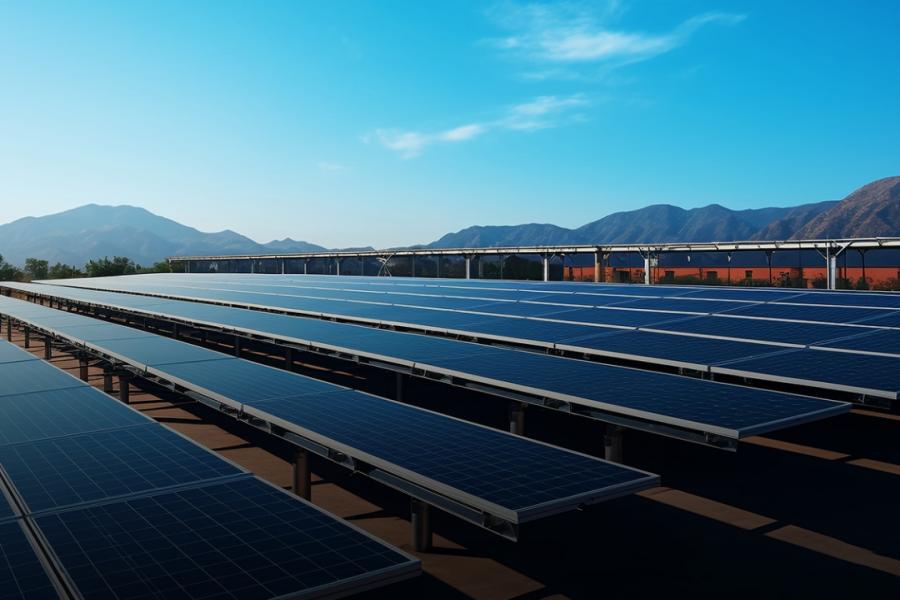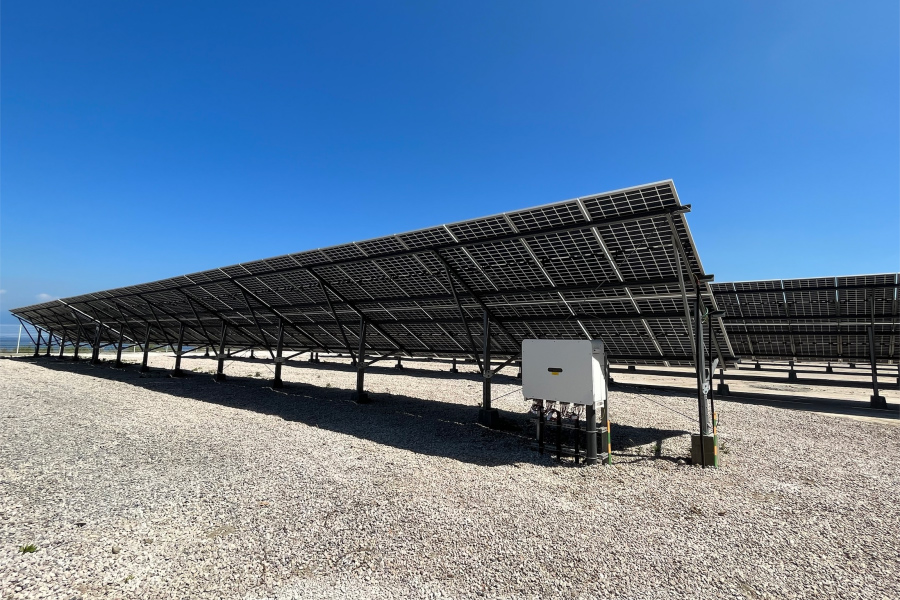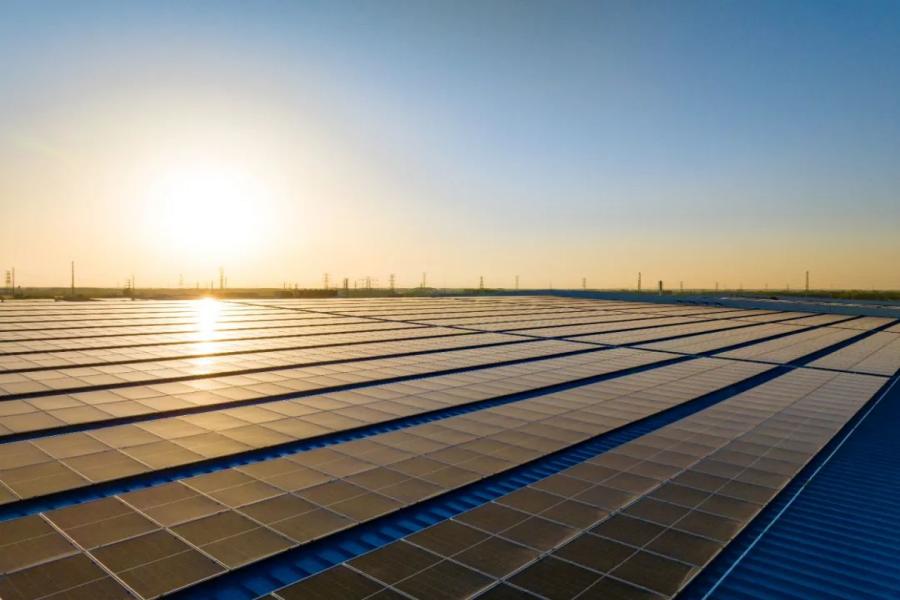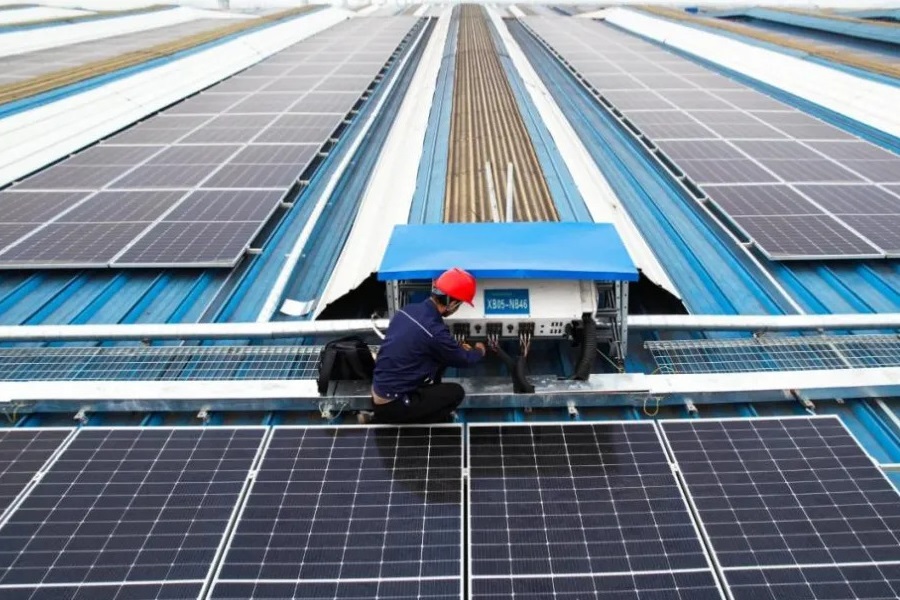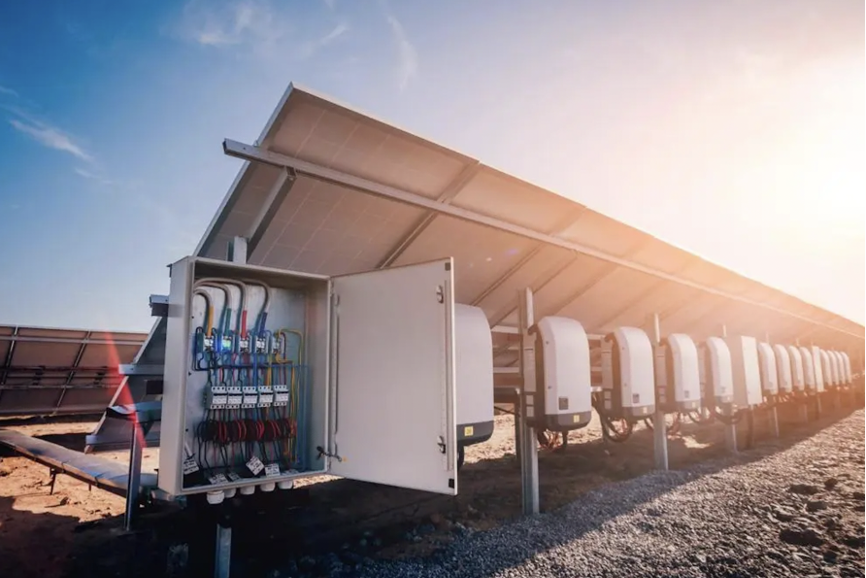Photovoltaic Modules' Primary Components and Raw Materials
1. Silicon cells in photovoltaic modules
Silicon cell substrate material is P-type monocrystalline silicon or polysilicon, it through special cutting equipment monocrystalline silicon or polysilicon silicon rod cut into a thickness of about 180μm silicon, and then through a series of processing processes to produce.
a. Silicon cells are the main materials in the battery components, qualified silicon cells should have the following characteristics
1.It has stable and efficient photoelectric conversion efficiency and high reliability.
2.Advanced diffusion technology is used to ensure the uniformity of conversion efficiency throughout the film.
3.The advanced PECVD film forming technology is used to coat the surface of the battery with dark blue silicon nitride anti-reflection film, so that the color is uniform and beautiful.
4.Use high-quality silver and silver aluminum metal paste to make back field and gate line electrodes to ensure good electrical conductivity, reliable adhesion and good electrode weldability.
5.High precision screen printing graphics and high flatness, making the battery easy to automatic welding and laser cutting.
b. The difference between monocrystalline silicon and polycrystalline silicon cells
Due to the difference in the early production process of monocrystalline silicon cells and polycrystalline silicon cells, they have some differences from appearance to electrical performance. From the appearance point of view, the four corners of the monocrystalline silicon cell are arc missing corners, and there is no pattern on the surface; The four corners of the polycrystalline silicon cell are square corners, and the surface has a pattern similar to ice flowers. The surface color of monocrystalline silicon cell is generally black blue, and the surface color of polycrystalline silicon cell is generally blue.
2. Panel glass
The panel glass used by the photovoltaic module is low iron ultra-white suede or smooth tempered glass. The general thickness is 3.2mm and 4mm, and the tempered glass of 5 ~ 10mm thickness is sometimes used for building materials battery components. Regardless of thickness, the transmittance is required to be above 91%, the spectral response wavelength range is 320 ~ 1100nm, and the infrared light greater than 1200nm has a high reflectivity.
Low iron super white means that the iron content of this glass is lower than that of ordinary glass, and the iron content (iron oxide) is less than 150ppm, thus increasing the light transmittance of the glass. At the same time, from the edge of the glass, this glass is also whiter than ordinary glass, which is green from the edge.
3. EVA film
EVA film is a copolymer of ethylene and vinyl acetate grease, is a thermosetting film hot melt adhesive, non-adhesive at room temperature, after certain conditions of hot pressing will occur melt bonding and crosslinking curing, become completely transparent, is the current solar panel module packaging in the common use of bonding materials. Two layers of EVA film are added to the solar cell assembly, and the two layers of EVA film are sandwiczed between the panel glass, the battery sheet and the TPT backplane film to bond the glass, the battery sheet and the TPT together. It can improve the light transmittance of the glass after bonding with the glass, play a role in anti-reflection, and have a gain effect on the power output of the battery module.
4. Backplane material
Depending on the requirements of battery components, the backplane material can be selected in a variety of ways. Generally have tempered glass, plexiglass, aluminum alloy, TPT composite film and so on. Tempered glass backplane is mainly used for the production of double-sided transparent building materials type battery modules, for photovoltaic curtain walls, photovoltaic roofs, etc., the price is high, the component weight is also large. In addition, the most widely used is TPT composite membrane. Most of the white coverings commonly seen on the back of battery components are such composite films. Depending on the battery component usage requirements, the backplane membrane can be selected in a variety of ways. The backplane membrane is mainly divided into two categories: fluorine-containing backplane and non-fluorine-containing backplane. The fluorine-containing backplane is divided into two sides containing fluorine (such as TPT, KPK, etc.) and one side containing fluorine (such as TPE, KPE, etc.); The fluorine-free backplane is made by bonding multiple layers of PET adhesive. At present, the service life of the battery module is required to be 25 years, and the backplane, as a photovoltaic packaging material directly in contact with the external environment, should have excellent long-term aging resistance (wet heat, dry heat, ultraviolet), electrical insulation resistance, water vapor barrier and other properties. Therefore, if the backplane film can not meet the environmental test of the battery component for 25 years in terms of aging resistance, insulation resistance, and moisture resistance, it will eventually lead to the reliability, stability and durability of the solar cell can not be guaranteed. Make the battery module in the ordinary climate environment for 8 to 10 years or in the special environmental conditions (plateau, island, wetland) under the use of 5 to 8 years will appear delamination, cracking, foaming, yellowing and other bad conditions, resulting in the battery module falling off, battery slippage, battery effective output power reduction and other phenomena; What is more dangerous is that the battery component will arc in the case of low voltage and current value, causing the battery component to burn and promote fire, resulting in personnel safety damage and property damage.
5. Aluminum frame
The frame material of the battery module is mainly aluminum alloy, but also stainless steel and reinforced plastic. The main functions of the battery component installation frame are: first, to protect the glass edge of the component after lamination; The second is the combination of silicone edge to strengthen the sealing performance of the component; The third is to greatly improve the overall mechanical strength of the battery module; The fourth is to facilitate the transportation and installation of battery components. Whether the battery module is installed separately or composed of a photovoltaic array, it must be fixed with the battery module bracket through the frame. Generally, holes are drilled in the appropriate part of the frame, and the corresponding part of the support is also drilled, and then the connection is fixed by bolts, and the component is also fixed by a special pressing block.
6. Junction box
A junction box is a component that connects the internal output line of a battery component to the external line. The positive and negative busbars (wider interconnect bars) drawn from the panel enter the junction box, plug or solder to the corresponding position in the junction box, and the external leads are also connected with the junction box by plugging, welding and screw crimping. The junction box is also provided with the installation position of the bypass diode or the bypass diode is directly installed to provide bypass protection for the battery components. In addition to the above functions, the junction box should also minimize its own consumption of the output power of the battery component, minimize the impact of its own heating on the conversion efficiency of the battery component, and maximize the safety and reliability of the battery component.
7. Interconnection bar
The interconnect bar is also called tin-coated copper strip, tin-coated strip, and the wider interconnect bar is also called the bus bar. It is a special lead for connecting the battery to the battery in the battery assembly. It is based on pure copper copper strip, and the surface of the copper strip is evenly coated with a layer of solder. Copper strip is a copper content of 99.99% oxygen free copper or copper, solder coating components are divided into leaded solder and lead-free solder two, solder single-side coating thickness of 0.01 ~ 0.05mm, melting point of 160 ~ 230℃, requiring uniform coating, surface bright, smooth. The specifications of the interconnect bar are more than 20 kinds according to their width and thickness, the width can be from 0.08mm to 30mm, and the thickness can be from 0.04mm to 0.8mm.
8. Organic silica gel
Silicone rubber is a kind of sealant material with special structure, with good aging resistance, high and low temperature resistance, ultraviolet resistance, anti-oxidation, anti-impact, anti-fouling and waterproof, high insulation; It is mainly used for sealing the frame of battery components, bonding and sealing of junction boxes and battery components, pouring and potting of junction boxes, etc. After curing, the organic silicone will form a high-strength elastic rubber body, which has the ability to deform under the action of external force, and returns to the original shape after being removed by external force. Therefore, the PV module is sealed with organic silicone, which will have the functions of sealing, buffering and protection.
Cadmium Telluride (CdTe) solar module manufacturer First Solar has begun constructing its 5th production factory in the US in Louisiana.






